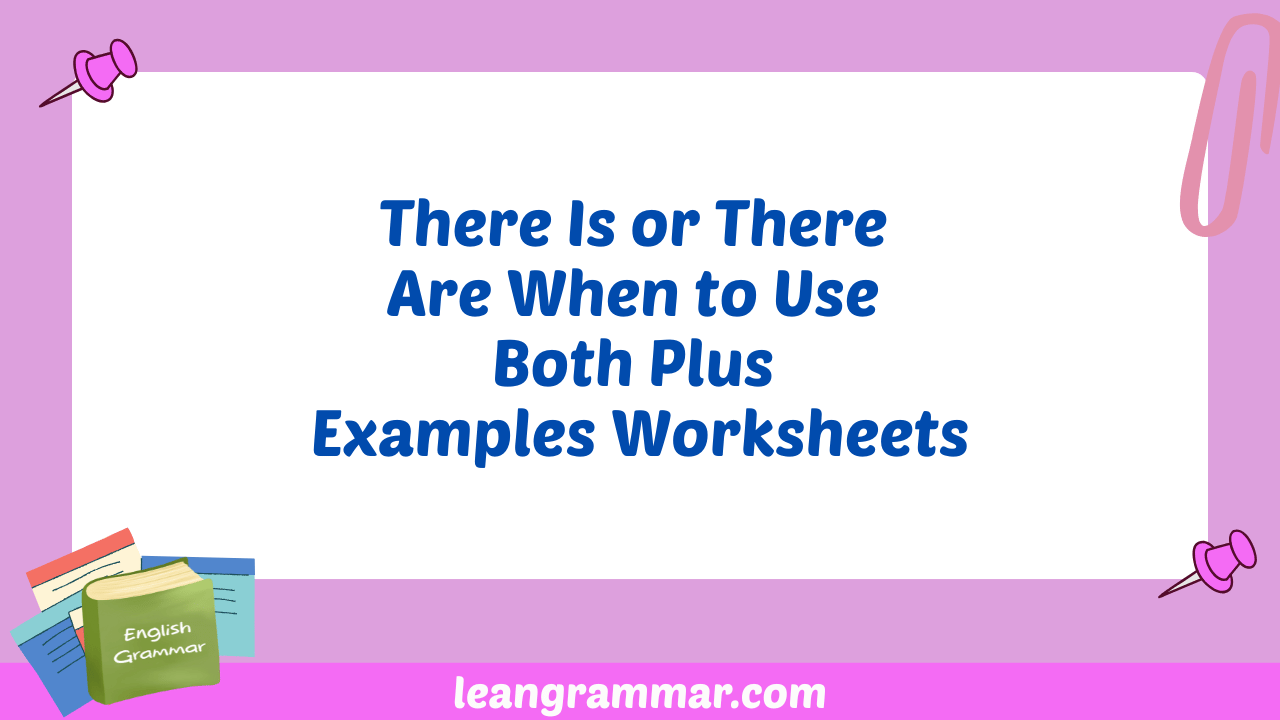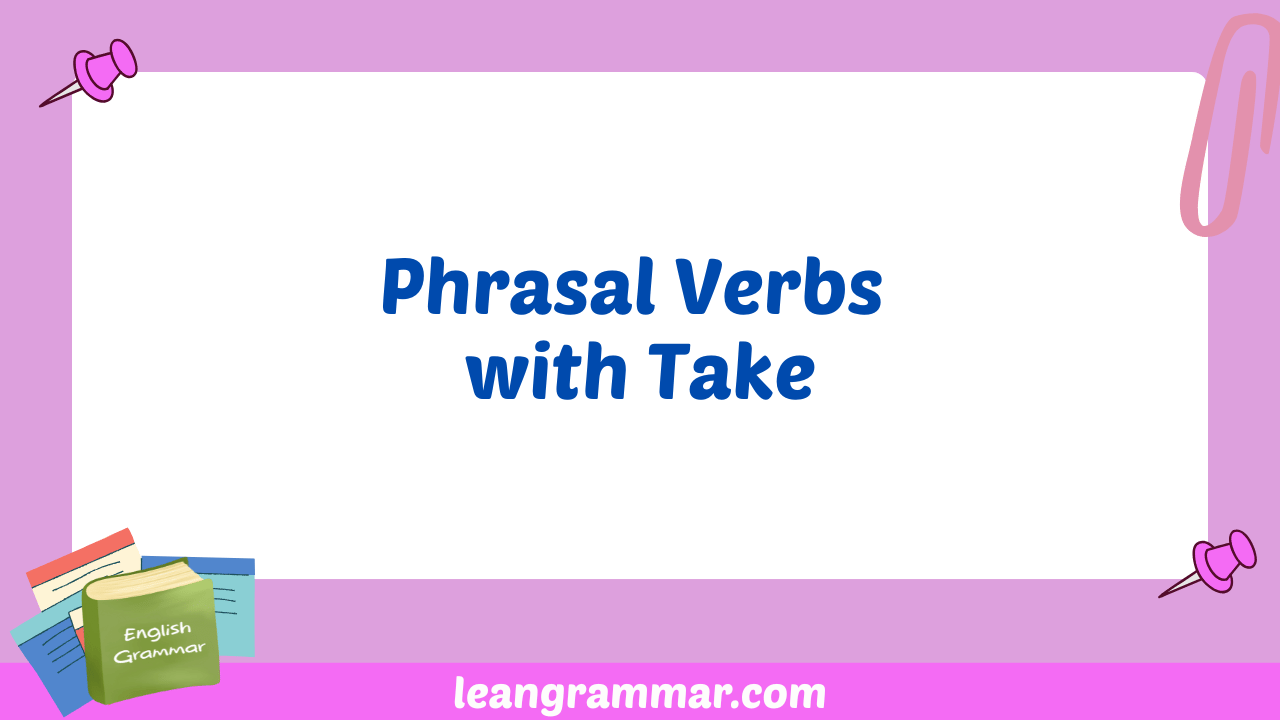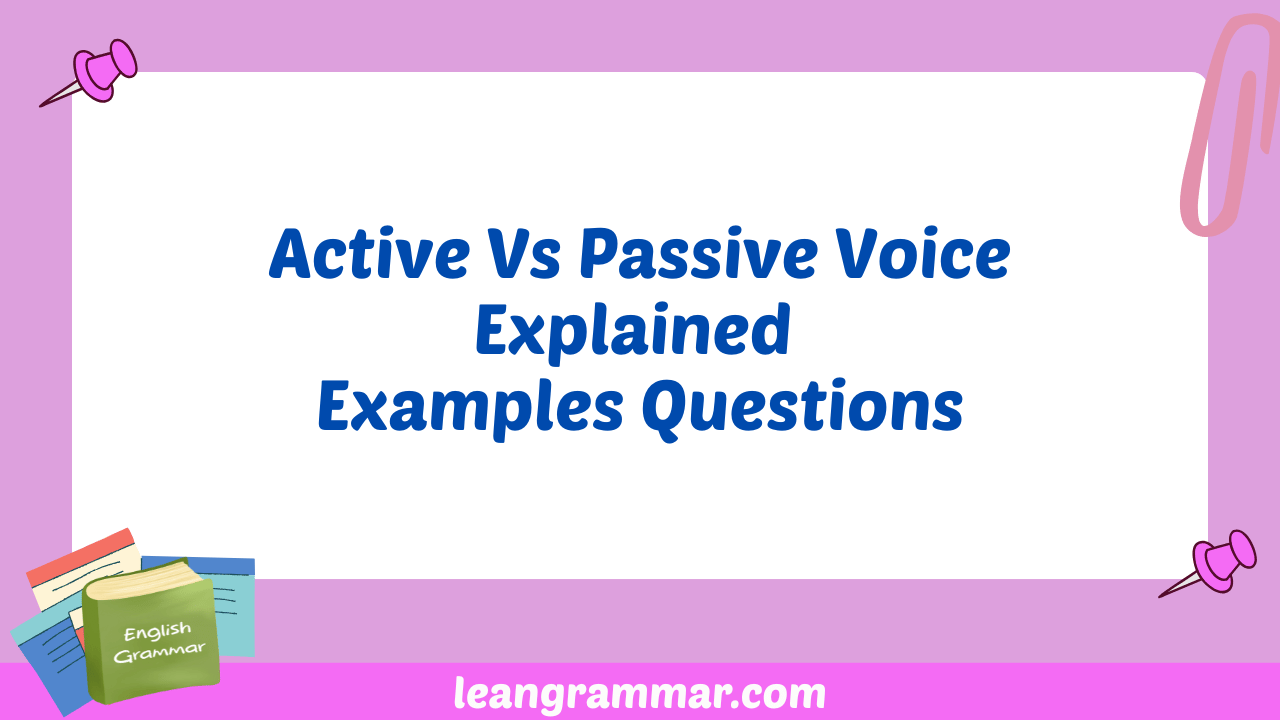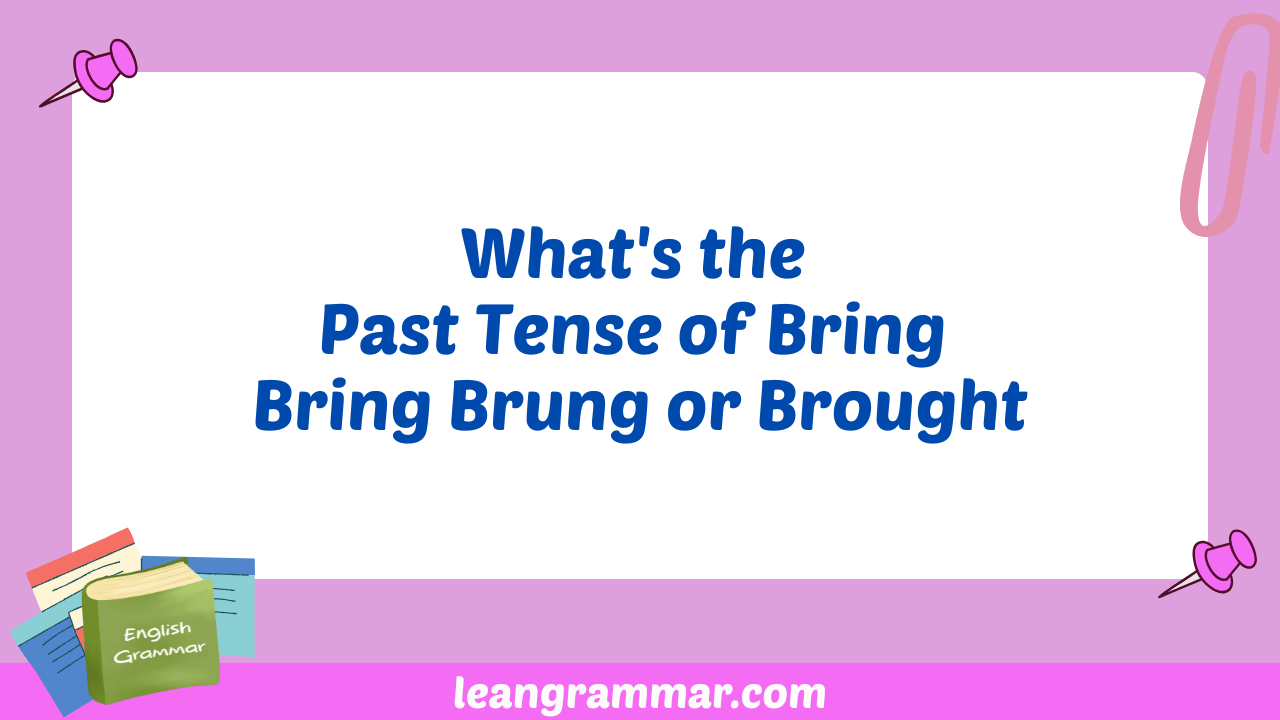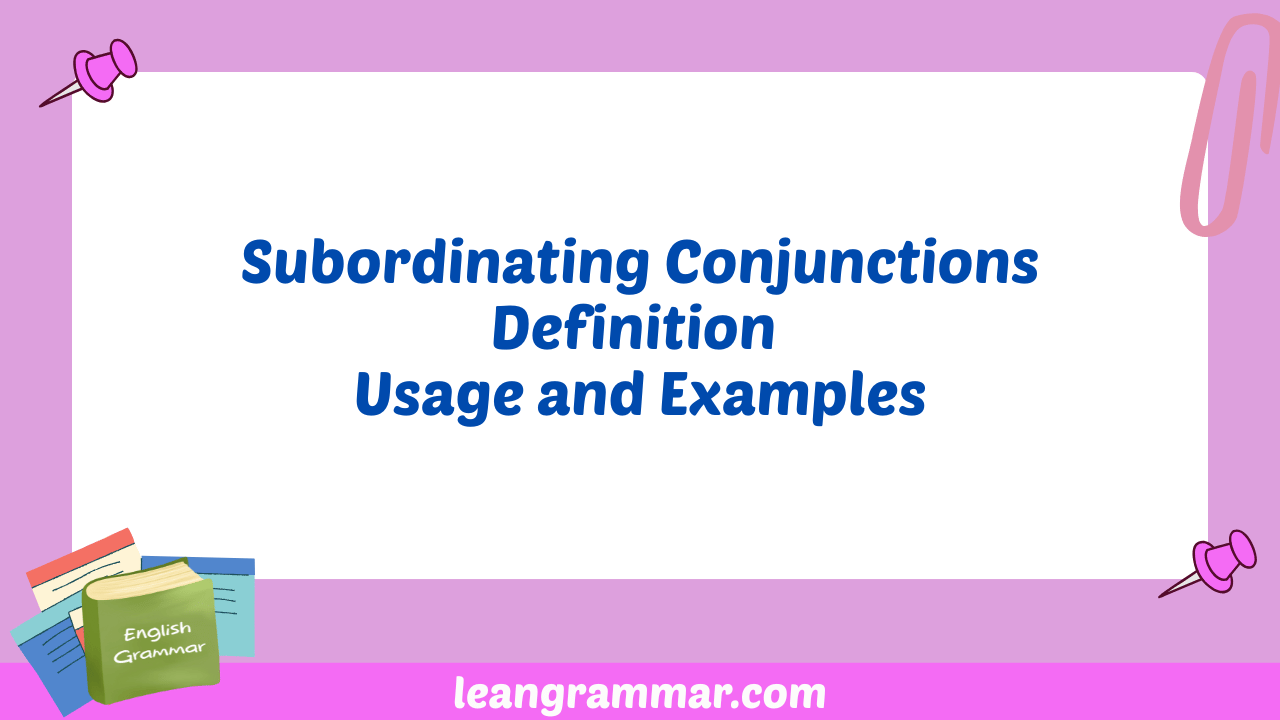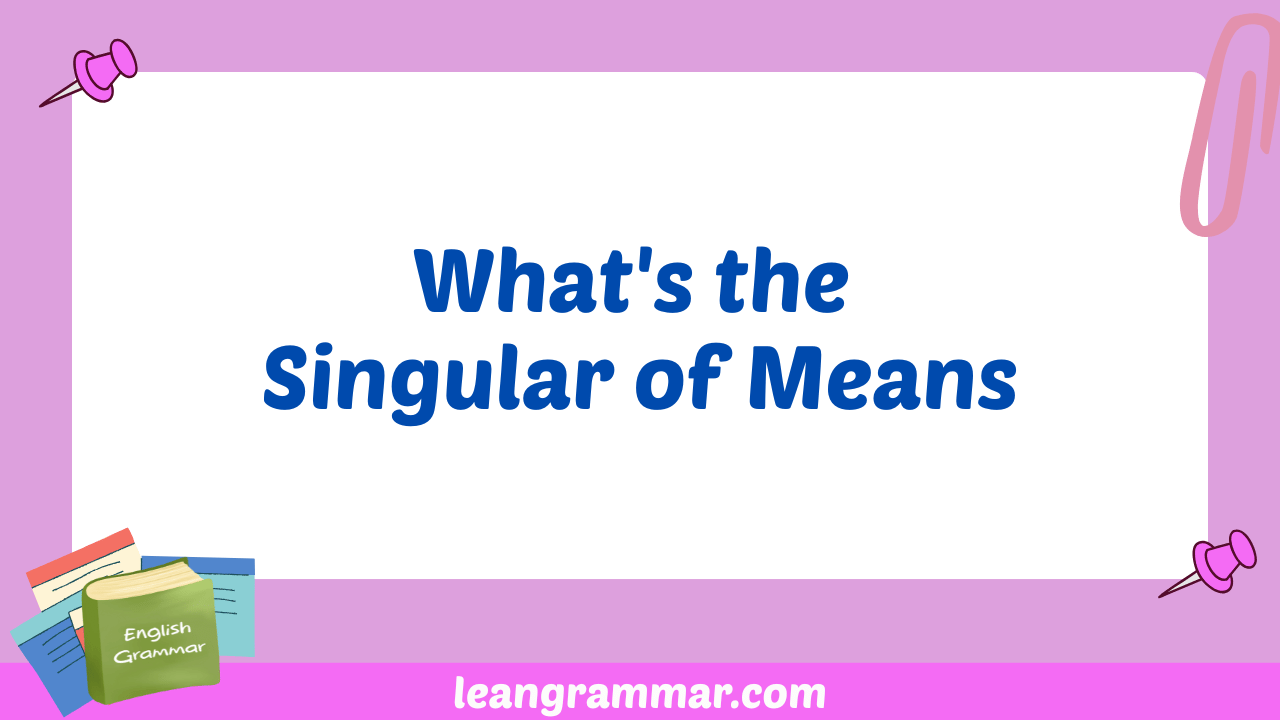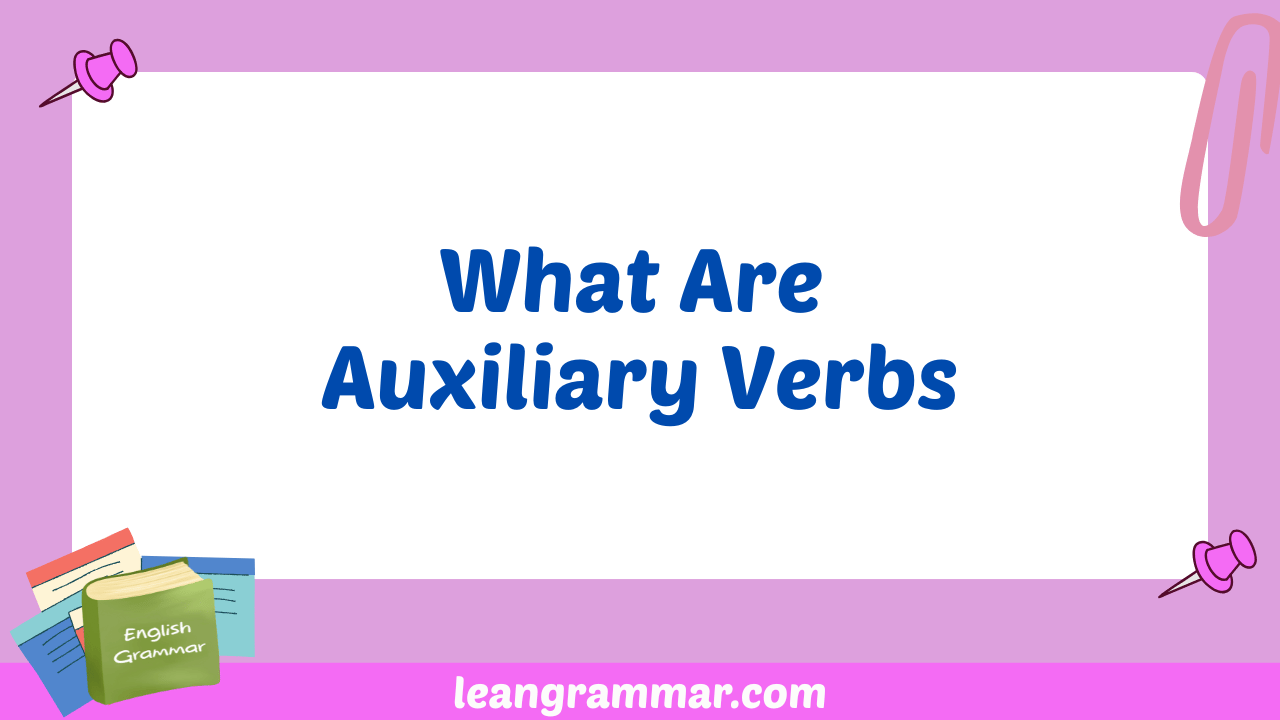Arranging Meetings: 15 Essential English Conversations
Mastering the art of arranging meetings in English is crucial for effective communication in both professional and social settings. This skill involves not only scheduling appointments but also understanding the nuances of polite and clear communication. This article provides a comprehensive guide to arranging meetings through 15 essential English conversations, covering grammar, vocabulary, and practical … Read more

